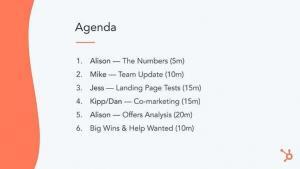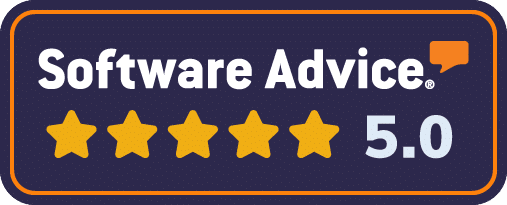Create an Effective Meeting Agenda
We’ve all endured meetings that feel more like a never-ending saga, rife with a staggering lack of productivity, leaving us battling the urge to succumb to drowsiness. Such meetings often prompt the question – was there a point to that? A frequent culprit behind such dreary meetings is a directionless, poorly conceived agenda. So, how do you go about crafting such a valuable agenda? Let’s delve into the three pivotal steps for creating an effective meeting agenda.
Defining Objectives
First off, a meeting devoid of clear objectives is a futile exercise. These objectives embody the purpose of the meeting – the subject matter, the focal points, and any necessary decision-making. A meeting should never be convened for its own sake. Instead, it should exhibit a concentrated focus. This implies not diverging into multiple subjects within a single meeting. Maintain a cohesive narrative throughout the meeting. For instance, if discussing a specific project’s development, anchor the conversation around that project. An agenda filled with too many distinct subjects can foster confusion, ambiguity, and shallow conversations.
Selecting Agenda Items
Secondly, meeting leaders often overpopulate the agenda with an unfocused array of topics they wish to cover. To ensure an agenda’s utility, each item should merit its inclusion. If a topic doesn’t apply to the whole team or isn’t time-sensitive, it can likely be deferred. If a subject pertains only to a few members, spare the remaining team the tedium of that conversation – address it with the relevant parties outside the meeting. Leverage alternative communication channels such as email or group chats when feasible. Reserve face-to-face discussion for the most pressing issues, thereby streamlining the meeting and conserving valuable time.
Allocating Times
With your agenda items in place, chart out a timeline for the meeting. Determine the meeting’s maximum duration, bearing in mind that prolonged meetings can lead to waning attention. Assign each item a set discussion duration. This strategy will ensure the meeting stays on course, even amid passionate dialogue. With a prescribed time limit, you’ll be alerted when it’s time to transition to the next topic. Time management ensures the meeting concludes on schedule, engendering satisfaction and respect for everyone’s time.
Finally, once you’ve crafted your agenda, disseminate it to the team at least two days in advance. This allows everyone sufficient time to familiarize themselves with the content and contribute their ideas during the meeting. At the meeting, distribute copies of the agenda or display it on a screen to help everyone maintain focus. By adopting these strategic steps, you’ll transform your meeting into a powerful, productive assembly, resonating long after it has ended. If you’re wondering how your team members feel about your meetings, have them complete a G360 Team Survey. It might give you the feedback you need to improve your meetings.


